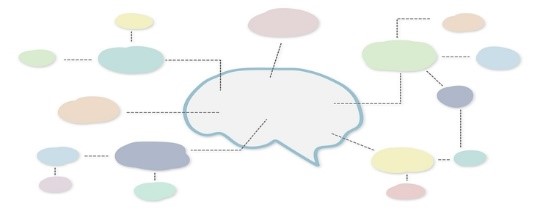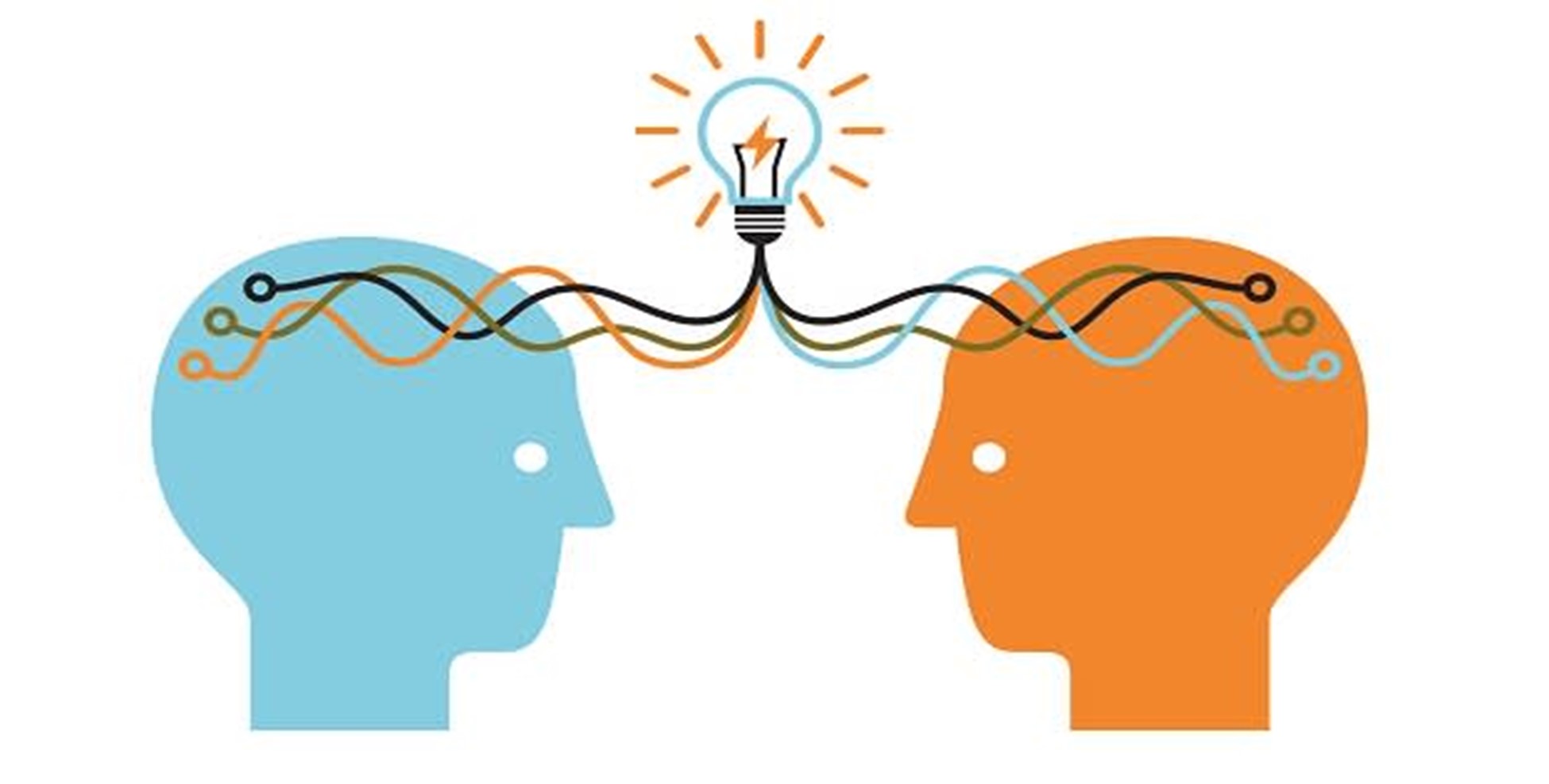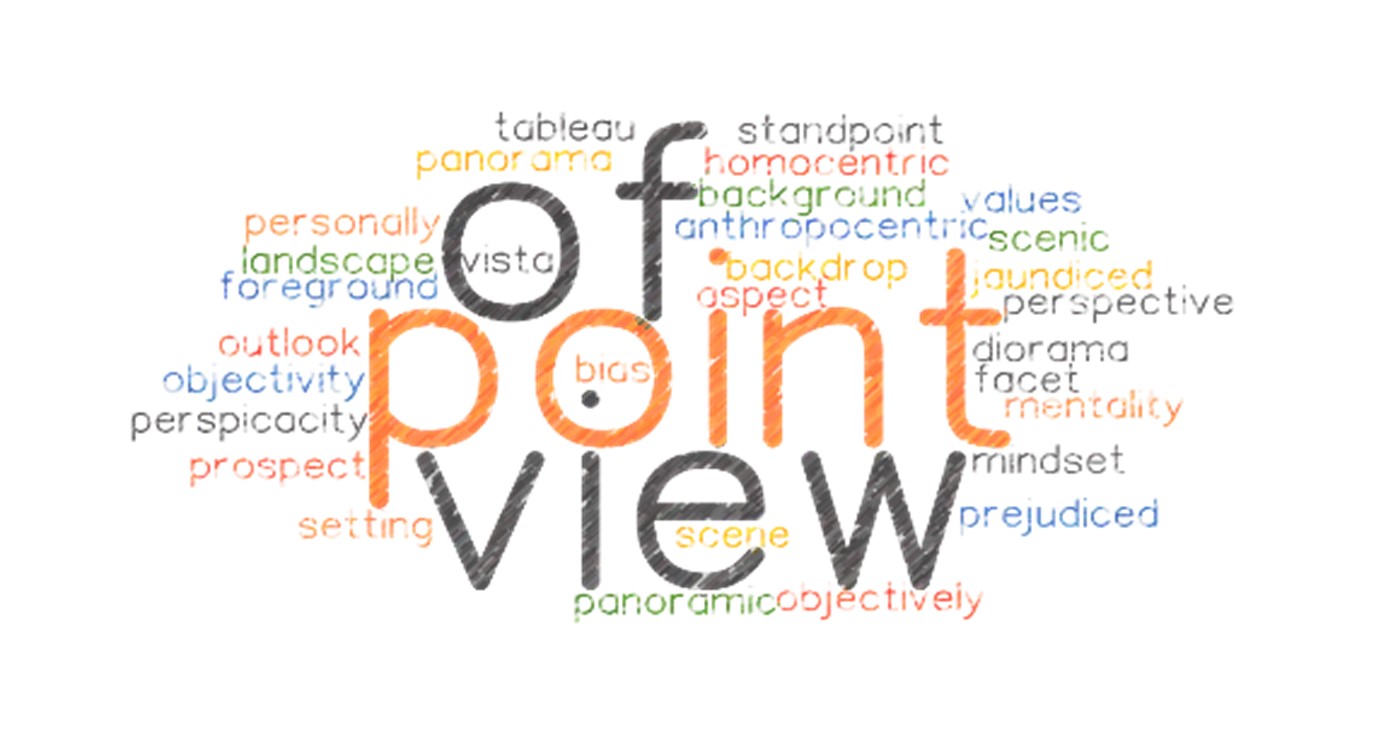

The Power of Mindmapping
- Sep 09th 2019
2
While we all were in school, one constant message that was bombarded by our esteemed teachers was not to forget a particular lesson. Sometimes, we were told that a chapter is important and may be useful during preparations for exam as well. I now wonder, has any of our teachers told us that time, how to remember. This thought has been nudging me since then till I attended a workshop on Mindmapping, which is all about the power of human mind.
Many a times, I used to wonder about the memory capacity of human brain, as we now have external storage devices of 1 Tera byte and much more. I also read about the memory capacity of human brain as Infinite. Why then, do humans struggle to save the content and recall when it is required. This means, it has something to do with the way we save the content and the form in which we save.
The language human brain understands
We are all used to saving the files in the way it is required to be saved in a device, be it xl, ppt, doc, jpeg. What then is the way of saving the file or content in the human brain so that it opens up whenever it is required.
This thought has intrigued me till I learnt that the language human brain understands is “Imagination and Association”.
Short-term and long-term memory
We very often find that the recall slows down with time and there is a struggle to recollect.
It is also seen that most of the new learning remains in our short- term memory folder, from where it tends to fade away. The onus will be on the individual to transform it from short-term to long-term memory.
As we imagine and associate with the event/content that we go through, it gets transformed into long-term memory. We have also witnessed many of the learned gurus able to recall what is required in no time, which is a clear display of the content being saved in the right form.
Mindmapping the content
Mind maps were developed in the late 1960s by Tony Buzan as a way of helping students make notes that used only key words and images. They are much quicker to make, and because of their visual quality much easier to remember and review.
A mind map is a diagram used to represent words, ideas, tasks or other items linked to and arranged radially around a central key word or idea. It is used to generate, visualize, structure and classify ideas, and as an aid in study, organization, problem solving, decision making, and writing.
Why use Mindmaps? It is used for faster recall, makes planning and note-taking fun. It is more effective in improving the creative thought process as well as recording ideas and information.
Things are more easily remembered when it is represented by color, shapes, symbols, images, acronyms, etc, which gets saved as albums.
I see the power of Mindmap being used by learners exhibiting the learning agility.
The very fact that there are people having photographic memory has been pulling me towards the power of brain. What if, we all start leveraging the language of human brain and use Imagination and Association.
Ever since, I started using Imagination and Association to transform the learning into long-term memory, there has been a sea change in the ability to recall.
What has been your experience of using the power of human brain and its ability to save and recall.
I look forward to learning from your experience.


Rajat Garg
Rajat is a Master Certified Coach (MCC) with over 18 years of industry experience and over 2500 hours of coaching experience, helping people and organizations attain maximum effectiveness. His background includes working with CXOs, senior managers, managers and board of directors of small private companies to multi-billion dollar publicly traded organizations.
2 thoughts on “The Power of Mindmapping”
Comments are closed.









Very absorbing . Nice write up
Super Adhir!! Nice and crisp information. You should do a session on this.